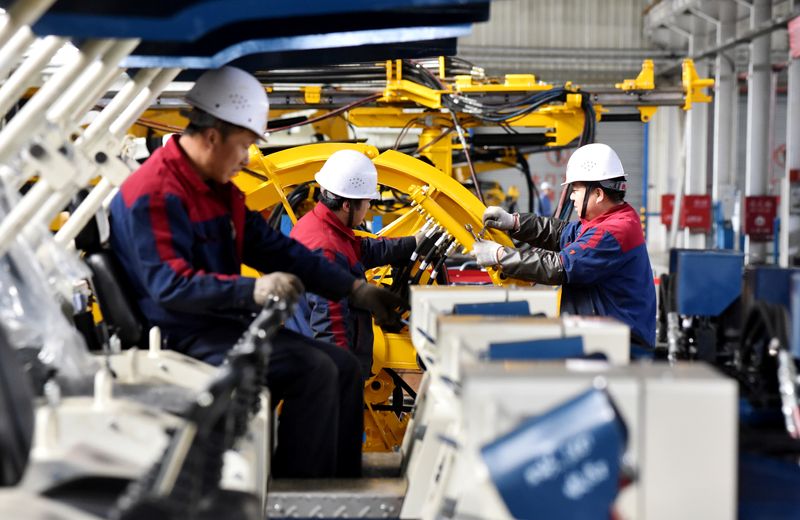AI Sentiment: Cautiously bearish
Reason: While China's industrial output has grown, its economy is facing challenges with sluggish consumer spending, declining property investment and the threat of the Omicron variant of COVID-19.
In the month of November, China's factory output exhibited an accelerated growth, yet consumption continues to be a significant drag on the economy. The industrial output has expanded by 3.8% from the previous year, as per the National Bureau of Statistics, outpacing a forecasted rise of 3.5% and October's 3.5% growth.
However, there is a stark contrast in the retail sales which rose only by 1.7% from a year ago, well below the expected 2.2% and October's 4.9% surge. The shortfall is attributed to the economic slowdown and the resurgence of COVID-19 cases, which have severely affected consumer confidence and spending habits. The automobile sector, a key component in retail sales, has been particularly hit with a decline of 5.5%.
Another concern for the Chinese economy is the persistent decline in property investment, which dropped by 1.3% in November from the previous year. This is the second consecutive monthly drop and the steepest since early 2020. The real estate sector, a significant pillar of the economy, is grappling with a liquidity crunch and a slump in sales and construction activity.
On a positive note, the fixed-asset investment, a crucial driver of economic growth, saw an increase of 7.4% in the January-November period compared to the same period last year. This suggests that Beijing's efforts to rev up infrastructure investment to stabilize the economy are showing results.
However, the economic outlook remains uncertain due to the Omicron variant of COVID-19, which poses a significant threat to global economic recovery. The Chinese government has been doubling down on its "dynamic zero" COVID strategy, with strict measures to contain any outbreaks, which could potentially weigh on the economic activities in the coming months.
In conclusion, while China has seen a positive growth in industrial output, the economy continues to face challenges due to sluggish consumer spending, declining property investment, and the looming threat of the Omicron variant. The government's efforts to bolster the economy through infrastructure investment seem to be paying off, but how the situation unfolds in the upcoming months remains to be seen.




